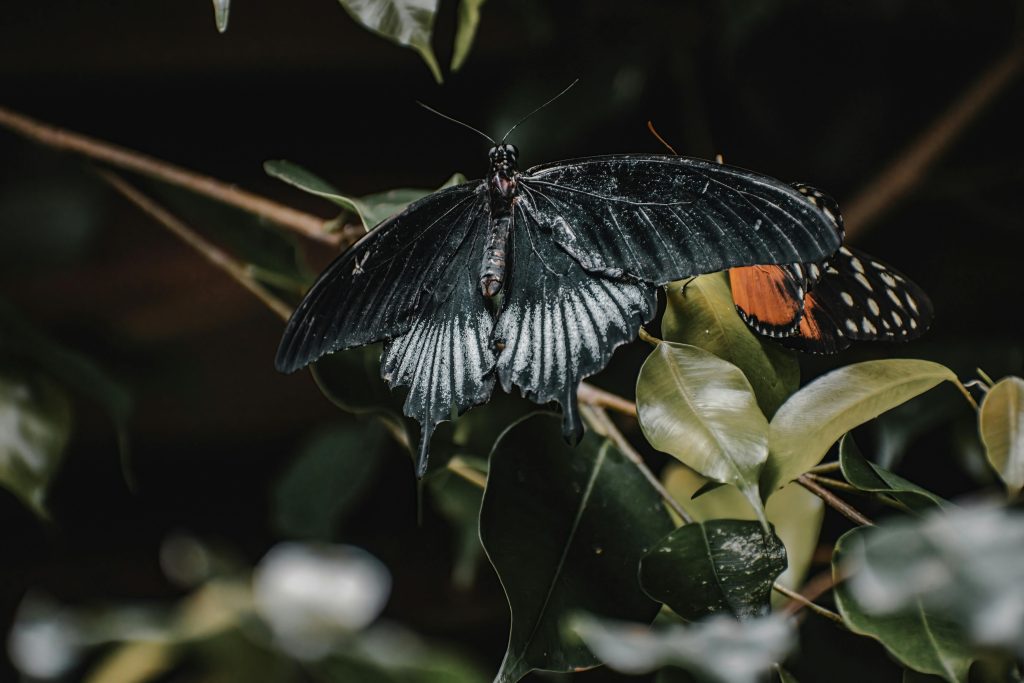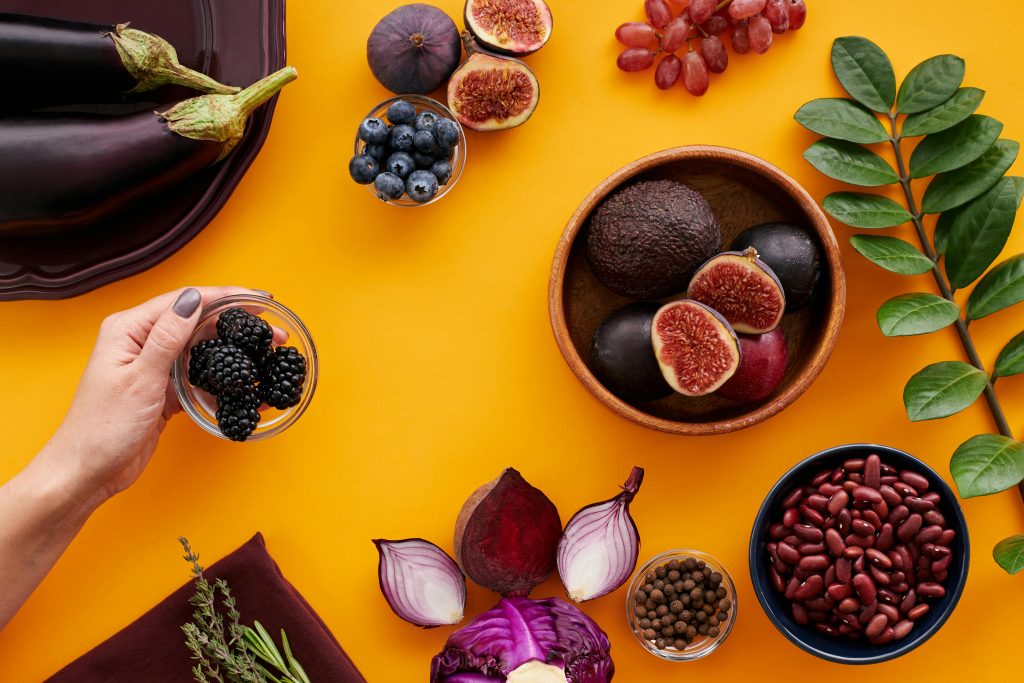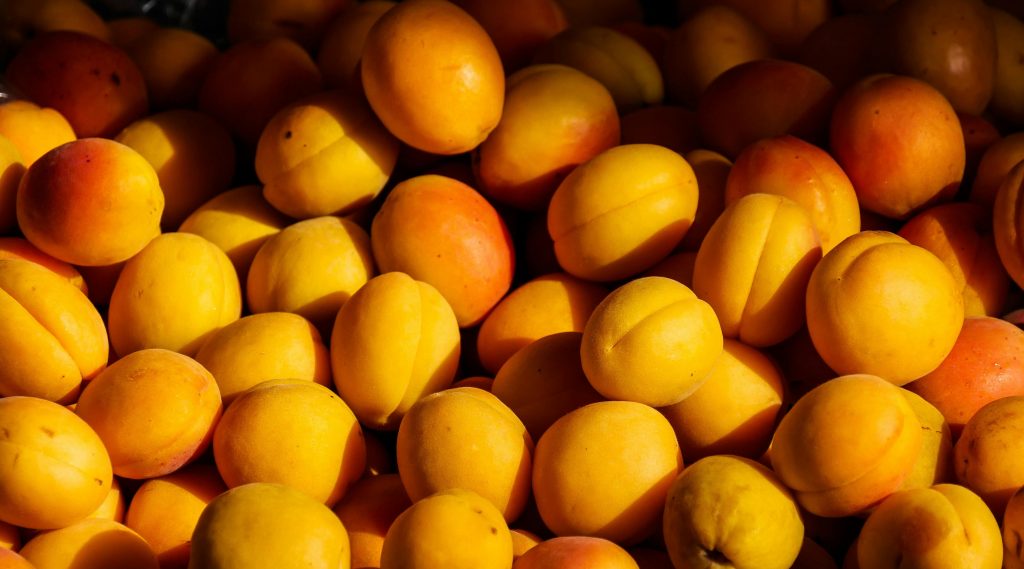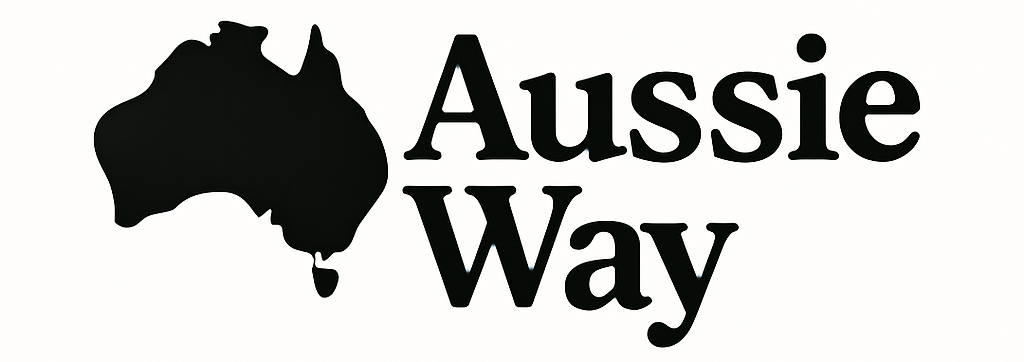Long before Australia became known for flat whites, avocado toast, and gourmet meat pies, the land was home to a rich and diverse culinary tradition dating back over 60,000 years. Known as bush tucker, these native Australian ingredients have sustained Aboriginal and Torres Strait Islander peoples for millennia. Now, these ancient foods are making a bold comeback—finding their way into high-end restaurants, home kitchens, and the global spotlight.

What Is Bush Tucker?
In this article, we explore the flavours, significance, and resurgence of bush tucker in modern Australian cuisine, and how this revival is helping preserve culture, support Indigenous communities, and reconnect Australia with its ancient culinary roots.
Bush tucker (also known as bush food) refers to any native Australian ingredient traditionally used by Indigenous peoples for food, medicine, or ceremony. It includes everything from native fruits and seeds to seafood, insects, herbs, and meats.
Aboriginal Australians have an intimate relationship with the land and its cycles, using deep ecological knowledge passed down through generations to hunt, gather, and prepare food in sustainable ways.
Key Bush Tucker Ingredients You Should Know
1. Kakadu Plum (Gubinge)
This small green fruit packs a serious nutritional punch, containing 100 times more vitamin C than oranges. Traditionally used for medicinal purposes, it’s now featured in jams, sauces, smoothies, and skincare products.

🌿 Flavour: Tart, citrusy, slightly astringent
🌏 Origin: Northern Australia (Top End)
2. Wattleseed
Harvested from various Acacia species, wattleseed is ground into a flour-like powder. It’s high in protein and has a nutty, coffee-like flavour, perfect in baking, ice cream, or spice rubs.
🍞 Flavour: Nutty, roasted, slightly chocolatey
🌏 Origin: Central and Western deserts
3. Lemon Myrtle
One of the most aromatic Australian herbs, lemon myrtle has powerful antimicrobial properties and a fresh, lemon-lime flavour. It’s commonly used in teas, marinades, sauces, and desserts.
🍋 Flavour: Lemon zest, lemongrass, herbal
🌏 Origin: Coastal Queensland and Northern NSW
4. Quandong
Also known as the “native peach,” this vibrant red fruit is tart and sweet, often used in jams, chutneys, and desserts.

🍑 Flavour: Tangy, peach-like with a hint of apricot
🌏 Origin: Arid and semi-arid regions
5. Macadamia Nut
Native to the east coast of Australia, the macadamia has become a global gourmet product. Indigenous communities traditionally ate the nuts raw or roasted.
🌰 Flavour: Rich, buttery, slightly sweet
🌏 Origin: Southeastern Queensland and Northern NSW
6. Kangaroo
Lean, high in protein, and low in fat, kangaroo has long been a staple in traditional diets. Today, it’s gaining popularity in modern restaurants for its sustainability and ethical sourcing.
🥩 Flavour: Gamey, rich, earthy
🌏 Origin: Nationwide
The Cultural Significance of Bush Tucker
For Indigenous Australians, food is not just sustenance—it’s a connection to Country, community, and culture. Each plant or animal comes with Dreamtime stories, spiritual meanings, and traditional knowledge about when and how to harvest sustainably.
Incorporating bush foods into modern cuisine isn’t just culinary—it’s cultural. This revival plays a critical role in:
- Revitalising Indigenous languages and stories
- Creating economic opportunities for Indigenous growers and food entrepreneurs
- Preserving ecological knowledge about land and climate
🖤💛❤️ Respect Tip: Support Indigenous-owned bush food businesses and always acknowledge the cultural origins of ingredients.
Modern Takes on Bush Tucker
Across Australia, chefs and food producers are creatively integrating bush tucker into contemporary dishes. The result? Unique fusion meals that respect tradition while showcasing modern innovation.

Examples You Might See:
- Wattleseed pavlova with native fruits
- Saltbush-crusted lamb
- Kangaroo carpaccio with finger lime dressing
- Lemon myrtle-infused gin or sorbet
- Aniseed myrtle sausage rolls
Restaurants like Attica (Melbourne) and Orana (Adelaide) have helped put bush tucker on the fine-dining map, while bush food markets and cooking schools are helping everyday Australians get hands-on.
Where to Try or Buy Bush Tucker
🌿 Indigenous-owned businesses:
- Warndu – Sells bush food teas, spice blends, and cookbooks
- Mabu Mabu – A Torres Strait Islander-owned café and supplier in Melbourne
- Something Wild – Based in South Australia, specialising in wild game and bush ingredients
🍴 Restaurants and Cafés:
- Bushfood Café (Blue Mountains)
- Charcoal Lane (Melbourne) – Indigenous social enterprise restaurant
- Native Oz Bushfoods (QLD) – Offering food experiences and products
🛒 Specialty retailers and online:
- Health food stores, farmers markets, and dedicated online bush food shops often stock items like wattleseed, finger limes, and lemon myrtle oil.
Cooking With Bush Foods at Home
Curious to start cooking with native ingredients? Here are a few beginner-friendly ideas:

- Add lemon myrtle to chicken marinades or salad dressings
- Sprinkle ground wattleseed into banana bread or smoothies
- Use pepperberry in spice rubs for grilled meats
- Blend quandong jam into yogurt or desserts
- Try bush tomato chutney on burgers or sandwiches
🍳 Note: Always source bush foods from ethical, sustainable suppliers who work with Indigenous communities.
The Future of Bush Tucker in Australian Cuisine
As Australia moves toward a more inclusive, sustainable, and localised food culture, bush tucker is poised to take centre stage. Not only do these native ingredients offer extraordinary flavours and nutritional benefits, but they also allow Australians to connect more deeply with their land and the First Nations people who have cared for it for thousands of years.
The growing demand for native foods is also encouraging the expansion of Indigenous-led food businesses, cultural education programs, and native ingredient farming initiatives—all helping to ensure that bush tucker is more than a trend: it’s a future-forward movement rooted in ancient wisdom.
Conclusion: From the Outback to Your Plate
Bush tucker isn’t just about trying something “exotic”—it’s about rediscovering a rich, local, and meaningful food heritage. By embracing native ingredients, Australians can celebrate culture, care for the environment, and enjoy uniquely homegrown flavours that can’t be found anywhere else on Earth.
So next time you’re at a market, restaurant, or planning a meal at home, why not add a touch of lemon myrtle, a sprinkle of wattleseed, or a few slices of finger lime? Your tastebuds—and your connection to this ancient land—will thank you.
